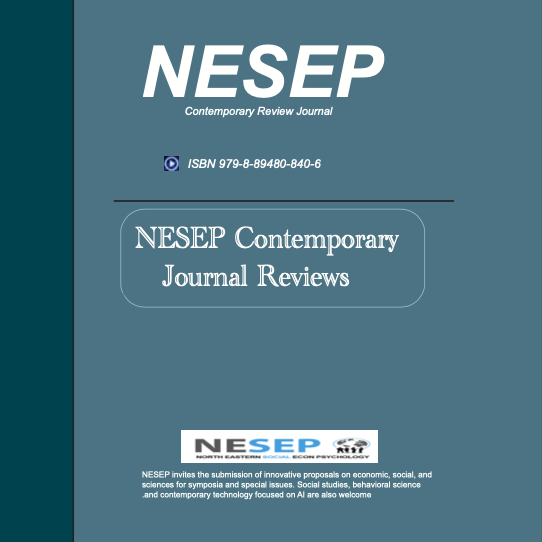Accepted Articles
We congratulate you on acceptance of your manuscript.

Annual Expo by the Journal of Young Explorers Meta and NESEP
- Fundamental or applied research
- Interdisciplinary research
- Judging on a rolling basis
- A work-in-progress research
- Completed research
- Unlimited topics and ideas
- ISBN 979-8-89480-840-6
- NESEP/NY-CSEF event at Harvard Club in NYC
Differential Diagnosis of Sleep Disorder Subtypes with Neural Aperiodic Components
Abstract: Polysomnography is a frequently used tool for diagnosing disorders like sleep-related hypermotor epilepsy (SHE) and rapid-eye-movement sleep behavior disorder (RBD). It is highly inefficient because often-infrequent seizure events are required to reach a diagnosis. Also, SHE and RBD are difficult to differentiate due to the overlap in symptoms and presence of ictal (during seizure) and interictal (between seizure) abnormalities in electroencephalographic (EEG) data. Therefore, it is important to ascertain whether non-seizure EEG data can be used to distinguish between SHE and RBD with new methods. The FOOOF package was used to calculate the EEG aperiodic components (exponent, offset)—historically ignored by clinicians—for polysomnographic recordings of 62 subjects during non-seizure sleep, and t-tests and effect size calculations to determine significance and quantify differences between disorders. Both the aperiodic exponent and offset proved to be able to distinguish between SHE, RBD, and healthy subjects in S2 and S3 sleep (α = 0.05). In addition, effect size calculations showed that the aperiodic exponent was better at differentiating than the offset in all cases, and that the frontal electrode was most effective. Using aperiodic components in polysomnography may yield improvements in efficiency, accuracy, and patient affordability.
Keywords: aperiodic component, sleep-related hyper motor epilepsy, rapid eye movement sleep behavior disorder, differential diagnosis, power spectrum
References
-
Azril, A., Awaluddin, I., Irwansyah, M., & Idris, Y. (2022). Temporary residential design analysis type of hex house for disaster survival in Indonesia. International Journal of Social Science, Educational, Economics, Agriculture Research and Technology (IJSET), 2, 947-956. https://doi.org/10.54443/ijset.v2i1.104
-
Bingaman, M. (2023, June 20). Housing NOW: Revolutionizing Affordable Housing Solutions by Using Bamboo. Solve.com. https://solve.mit.edu/articles/housing-now-revolutionizing-affordable-housing-solutions-by-using-bamboo
-
Emergency shelter solutions and standards. (n.d.). Retrieved from https://emergency.unhcr.org/emergency-assistance/shelter-camp-and-settlement/shelter-and-housing/emergency-shelter-solutions-and-standards
-
Frearson, A. (2014, October 1). Teak and bamboo structures accommodate Burmese refugees in a Thai village. Dezeen. https://www.dezeen.com/2014/10/01/mae-tao-dormitories-thailand-agora-architects-temporary-accommodation-burmese-refugees-bamboo/
-
Geleff, J. (n.d.). Infrastructure in flight: 8 architectural designs imagined for migrant and refugee populations. Architizer. Retrieved from https://architizer.com/blog/inspiration/collections/architecture-for-refugees/
-
McKnight, J. (2016, April 14). Architects for Society designs low-cost hexagonal shelters for refugees. Dezeen. https://www.dezeen.com/2016/04/14/architects-for-society-low-cost-hexagonal-shelter-housing-refugees-crisis-humanitarian-architecture/